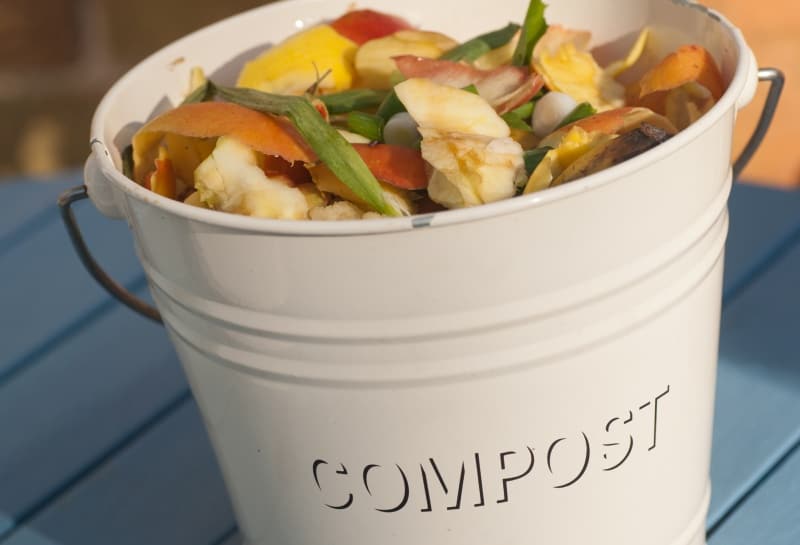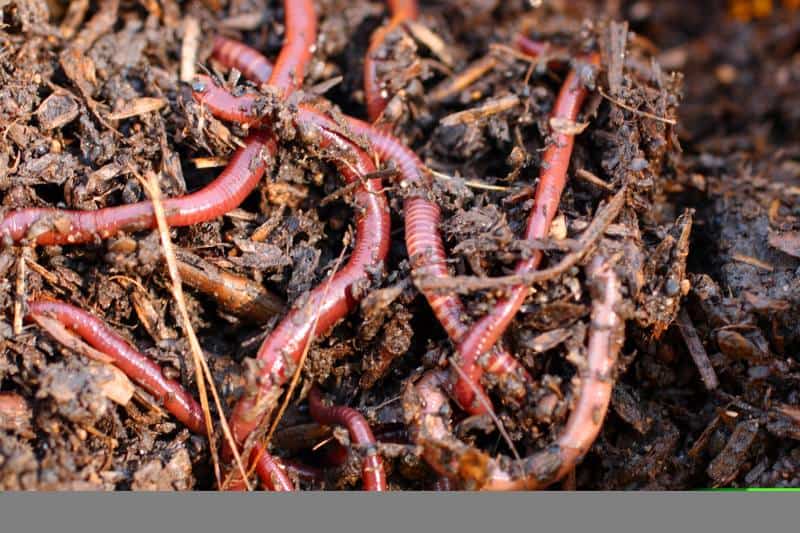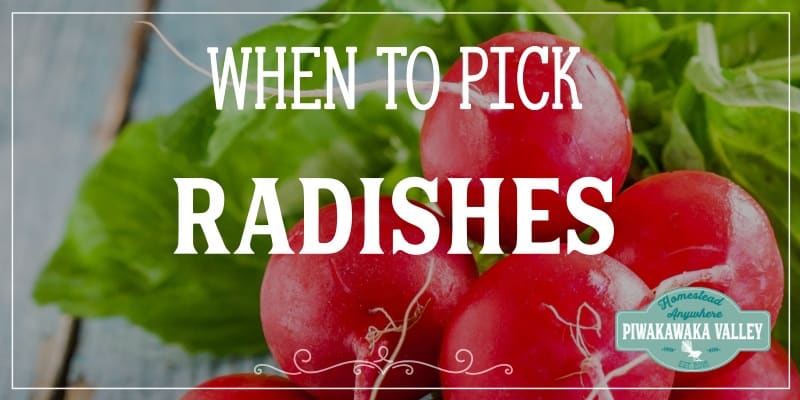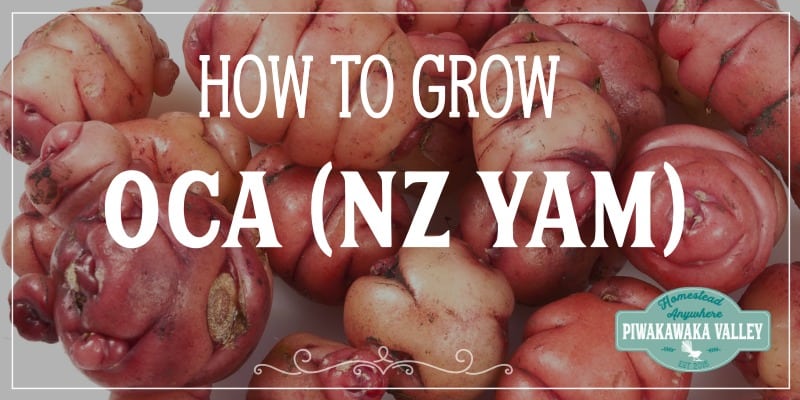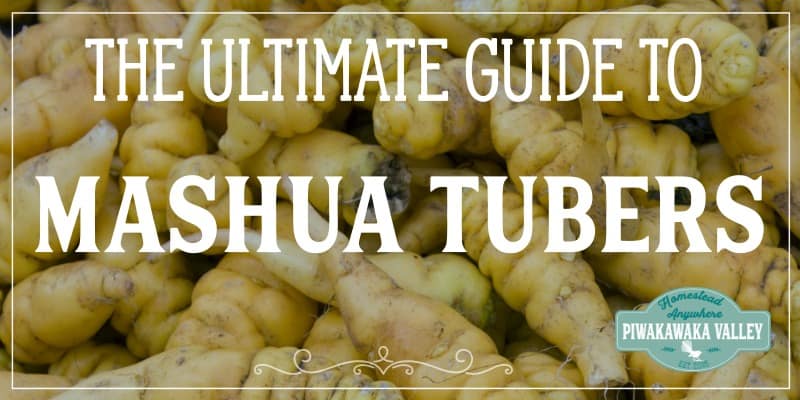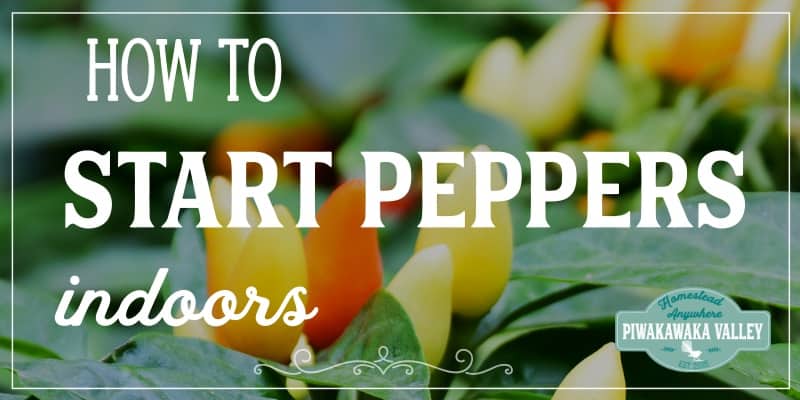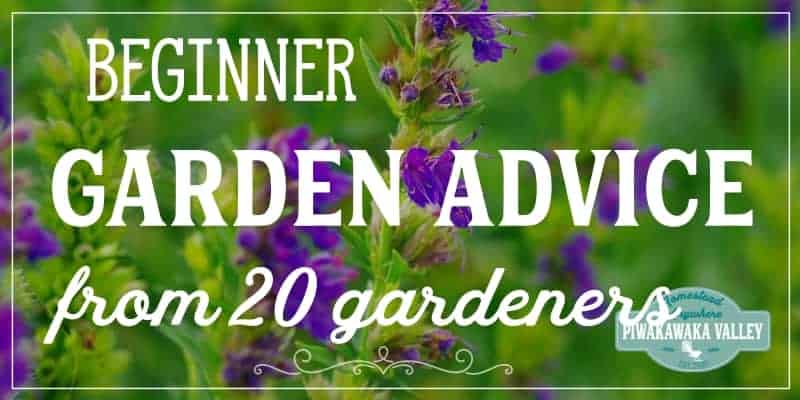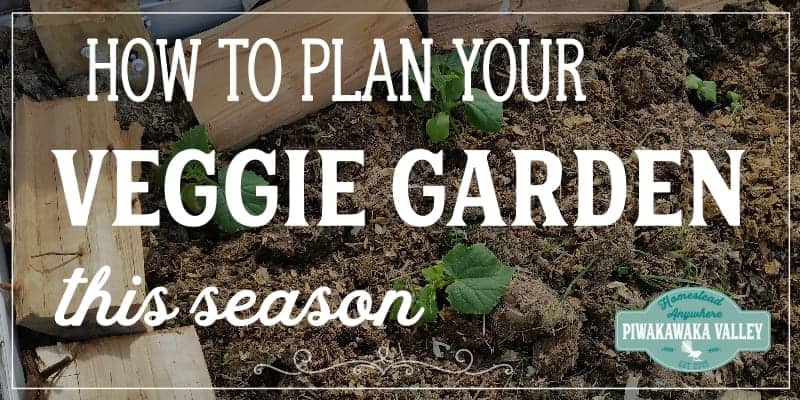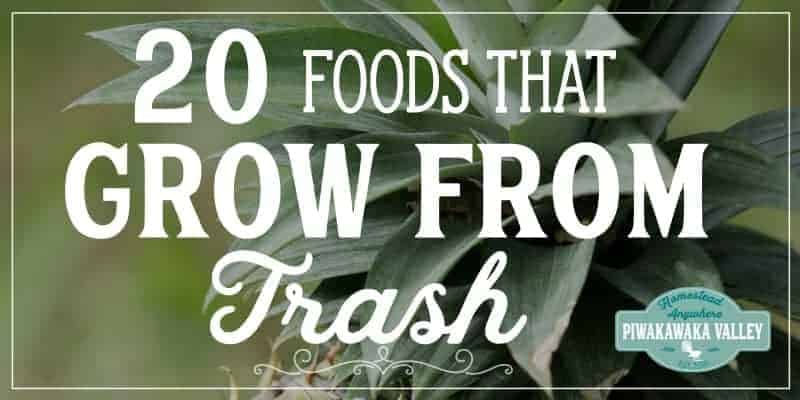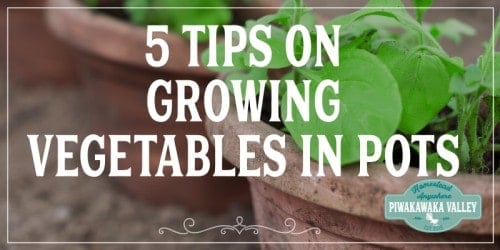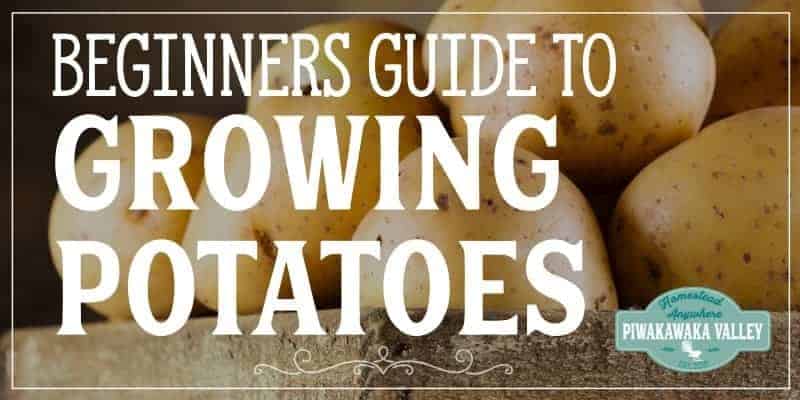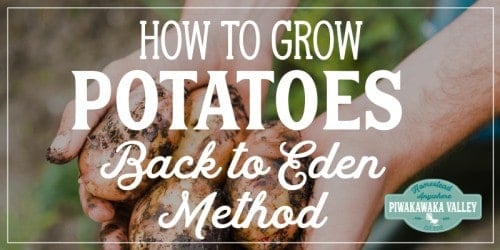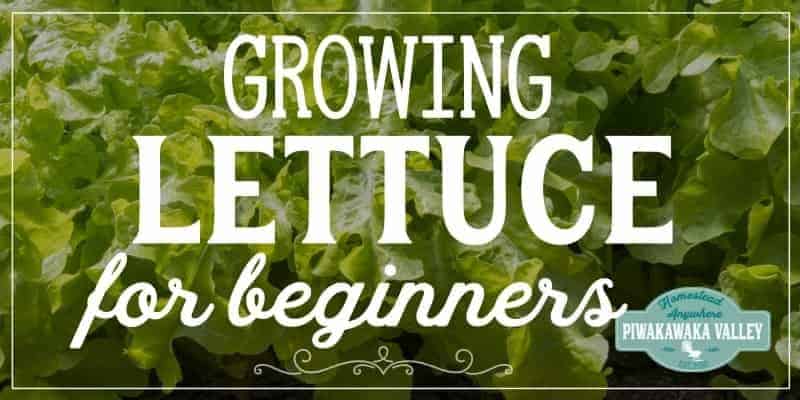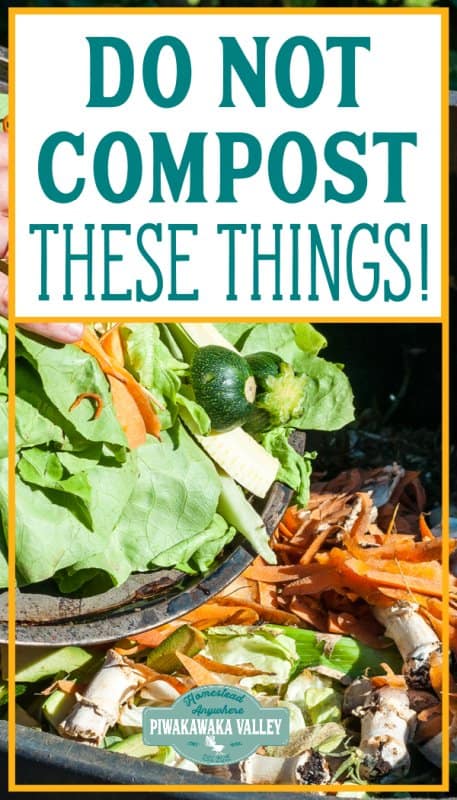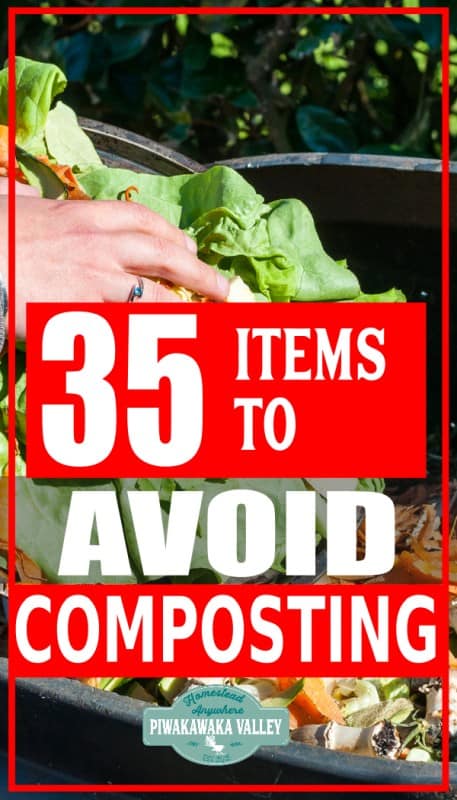This post was most recently updated on April 6th, 2021
A good compost pile can be a great source of nutrients for your garden. A bad compost pile can be a stinky, slimy disaster. Below is a list of 35 examples of what not to put in compost piles or bins.
Please read: This information is provided for educational purposes only and is not intended to treat, diagnose or prevent any disease. We encourage you to make your own health care decisions in partnership with a qualified health care professional.
This post contains affiliate links, this means at no extra cost to you, we make a commission from sales. Please read our Disclosure Statement
Any gardener that is wanting to improve their garden and make less waste is likely to attempt a compost pile. If you are new to composting, or your current pile is a mess, check out this post on how to make a successful compost pile.
If you still are not convinced that you need to compost, here are 5 reasons compost is an amazing addition to your garden.
Starting to compost can seem very complicated and intimidating, but it doesn’t have to be that way.
One of the most important lessons you need to know when learning about creating your own compost is knowing what additions are helpful and safe, and what not to put in your compost piles.
Why are some things not good for the compost pile?
A compost pile is a delicate balance of bacteria, viruses, fungi, earthworms, nematodes and all sorts of microbiota. Some items that you add to a compost pile can upset this balance, prohibiting the right things from growing and allowing anaerobic (stinky) microbiota to grow.
You can technically compost anything that was once alive. However, for optimal results, fast turnover, no pest issues and guaranteed uncontaminated compost from a home garden set up, there are some things that are best left out of your compost pile, or at least used very sparingly in it.
Some things can be composted at commercial facilities that cannot be composted at home in your own compost pile. Things like biodegradable plastic wrap/bags will usually say to compost only at a professional compost facility. This is because their piles are so massive, and turned so often that they are super active, super hot and super effective at breaking things down, and FAST.
What can’t you compost?
Most carbon based ex-lifeforms can be composted, however items that block out air, affect pH balance, attract pests, don’t break down, contaminate the end product or spread disease are all kept out of the home compost pile.
A note on citrus in compost
Citrus peels can be used in all sorts of ways in the garden, one place they are less than helpful is in the compost. While you can compost citrus in small volumes, the high acidity and tough skins means that it is not a great candidate for breaking down in the home compost pile.
While orange and lemon peels will eventually break down, they (along with egg shells and corn cobs) often survive the first run through the compost and need to be re-added to a new pile to break down over a second cycle.
35 Examples of what not to put in compost
1. Weeds with seeds
Weeds make a great addition to the “green” part of a compost pile. The problem is that home composts do not typically reach the high and sustained temperatures required to cook and kill weed seeds.
So keep the weeds with seed heads out of your compost pile or you will find that your newly amended garden beds will grow large volumes of weeds!
2. Diseased plants
For the same reason that you cannot add weeds with seeds to the compost pile, you should not add diseased plant matter to the compost either.
Most fungal or viral plant diseases will survive the home compost process and simply spread to your plants that you add your compost to. If you have diseased plant material, you are best to burn it or remove it totally from your site.
3. Invasive plants
Many invasive plants have become a pest because of their amazing ability to survive for a long time in sup-optimal growth conditions and being able to re-grow from stem or root fragments (or both!).
Invasive plants, especially rhizome rooted plants like couch/quack/twitch grass will use a holiday in your compost pile as a chance to regather and regroup only to spread their annoying self all over your garden later when you spread out your compost.
These plants are best fed to animals, burnt or removed from site totally.
4. Potatoes
Potatoes are one of those plants that will re-grow from the smallest piece. I have even had an eye on a piece of peel end up sprouting!
Keep raw potatoes out of your compost heap unless you want to have surprise potato plants growing all over the place. The best options are to cook the scraps and either compost or feed them to animals, feed them a worm farm, or send them out with the garbage.
5. Tomatoes
Of course tomatoes will break down in a compost heap. The problem with tomatoes is two-fold.
In large quantities tomatoes will block airflow and oxygenation of your pile while upsetting the pH balance. This will result in a stinky, slimy not-so-wonderful mess.
And any seeds will likely sprout you a million tomato seedlings as soon as the weather starts to warm up.
6. Dead animals
Home-sized compost piles are not the place for burying dead animals. They don’t get hot enough to dispose of the body fast enough to prevent attracting pest, smelling terrible or killing pathogens that might be on the carcass.
In large commercial sized compost piles, you can bury dead animals and the pile will make very short work of the whole thing, including the bones!
If you have a dead animal to deal with, the best place is to bury it under a fruiting tree, it will appreciate all the additional nutrients, and it keeps the carcass away from other animals that might be interested in scavenging it.
7. Manure from hay fed animals
Unless you know that the hay you are feeding your animals has not been sprayed with aminopyralid or other broadleaf sprays, it is best to keep your animal manure out of your compost heap.
Aminopyralid is a type of broadleaf spray commonly sprayed on hay paddocks these days, and it is wreaking havoc on many unsuspecting gardens as unlike most sprays, it does not break down on the plant, in the soil or in the gut of the animals eating the hay.
This means it can survive and live on to kill the plants you have applied the manure or compost to.
The only way aminopyralid breaks down is over about 1-2 years of exposure to the soil microbiota, so make a separate compost pile for it, and leave it for a very long time to break down, or use it around types of trees that are not affected as strongly by it.
8. Oil
Food grade oil and butter is not easily digested by compost microbiota, but it is a great attraction to hungry pests.
Industrial oil will contaminate your compost making it unsafe to put around food plants. Industrial oil should be disposed of responsibly at a waste disposal facility.
9. Dryer lint
If your clothes are all natural fibres, by all means you can compost your dryer lint. Unfortunately most of our clothes these days are made of synthetic materials, so your dryer lint will include micro-plastics.
This will not technically compost. However, it will mix in to your soil. There are some specific bacteria that scientists have discovered can eat and process plastic back in to an organic material. So I will leave this one up to you to decide what you do with it.
10. Diapers or Nappies
Disposable diapers or nappies are made of synthetic materials, and even the 100% biodegradable ones are not suitable for trying to compost at home.
The human waste is not appropriate for a short, cool compost process, and the gel/fibres inside the products will not break down either.
11. Personal Hygiene Products
For the same reason that disposable diapers/nappies should not be composted, pads, tampons and other personal hygiene products should also not be composted at home, especially if you are planning on adding them to your vegetable garden.
Also, any item that might have blood on it will attract pests, or even the family dog. Let’s not go there.
12. Cloth
Natural, organic wool fiber or cotton can be added to your compost. However, most cloth we have these days contain an element of synthetic materials, toxic dyes and other chemicals. These can upset the delicate balance of bugs in the compost heap, so be wary of this.
13. Plastic
There is a big move towards biodegradable and compostable plastics. This is a little confusing for consumers.
Biodegradable simply means that is breaks down, it does not mean it becomes non-plastic. Usually it just means it becomes small bits of plastic.
Most ‘compostable’ plastics must be processed at a commercial facility. There are only a few products that can actually be composted at home.
14. Walnuts
Walnuts contain a plant-based chemical called juglone, which can be toxic to plants in high enough doses. For walnut tree this helps keep competition down around the tree’s roots. But the last thing you want to do is contaminate your compost with something that stops plants from growing!
15. Chemicals
The compost pile is not a place to dump your random chemicals and hope that nature absorbs them. They will have an unknown affect on the compost pile and could be dangerous. This is especially the case with flammable chemicals, as a compost heap can get very hot.
16. Synthetic Fertilizer
Mature compost is a wonderful source of bio-available nutrients. Adding synthetic fertilizers will not improve your compost, and it can actually do real damage to the micro-life in your compost.
The saying ‘too much of a good (or not so good) thing’ plays true here. Concentrated volumes of single nutrients will do more harm than good in your homemade compost.
17. Large bits of wood
Wood is a great addition to the brown portion of a compost heap.
However to ensure that they breakdown fully and evenly, it is best to use tiny twigs, leaves and shredded wood. Large logs will take forever to breakdown.
They are best either used in a hügelkultur bed or to grow mushrooms on.
18. Treated wood or sawdust
Treated wood is full of nasty chemicals that you don’t want in your food. They are also treated to stop them breaking down, so if you add them to your compost, they will simply look the same as when they went in.
19. Coal Ash
Coal, by it’s nature is full of sulfur. Sulfur is acidic and it can dramatically increase the acidity levels in your compost. That will make your compost harmful to your plants.
Also, charcoal briquets are often treated with chemicals that aren’t good for your compost either. You can add smaller amounts of ash from your wood fire to your compost heap as long as you have only burnt paper, wood or cardboard in it.
20. Shiny or Glossy Paper
Most paper is fine to go in to the compost, newspaper, paper towels, tissues, toilet paper, printer paper are all fine. However, receipt/docket paper and glossy magazines have been coated in plastic to give it a shiny appearance, this stops the paper from breaking down.
21. Cellotape/packaging tape
Plastic sticky tape will not break down in the compost. Keep an eye on cardboard that you are adding to your compost heap to make sure you remove any plastic tape before it goes in.
22. Onions or Garlic (in large quantities)
In smaller quantities onion and garlic are fine in the compost, however, in larger volumes they can become an issue.
They are quite high in Sulphur and other acids, and they can affect your pH balance in the heap, as well as kill off some of the life that you need to break down the other compost ingredients quickly and safely.
23. Rice
Rice is a surprising one to many. Rice can harbor and encourage the growth of harmful bacteria in your compost heap, so it is best cooked or ground and fed to your animals or thrown in the trash.
24. Eggs
Eggs are best kept out of your compost because of their ability to attract pests. If you have rotten eggs, bury them under your plants in the garden instead, they will breakdown there, but not attract rats or other undesirables.
25. Fish Scraps
Fish guts and heads make a wonderful thing to put in your garden directly under heavy feeding plants. fish have all sorts of nutrients that plants love, sadly pests love them too.
In the home compost pile fish does not break down fast enough to keep the stink away, and the pests will come and make themselves at home in your pile having a great feast.
If you have spare fish bits, plant them directly under tomatoes, pumpkin/squash or fruiting trees. Be sure to bury them at least 30cm/1 foot down to keep the pests away.
26. Meat Scraps
Meat scraps in the compost are one of the most common ways to attract stray cats and dogs to your backyard. either cook them and feed them to your chickens or pigs, burn them and compost the ashes, or bury them at least a foot deep in the garden.
27. Dairy
Dairy can stink and attract pests to your compost. If you have spare milk, yogurt, ice cream or cheese be sure to bury them, feed them to animals or throw them in the trash.
28. Bread
Small volumes of bread in with all your compost is probably fine. Large volumes of bread can throw out the fungi/bacteria balance, causing the compost to not break down well as well as being a favourite for birds and rodents to come and eat.
29. Fruit Stickers
For some reason, they have made our fruit stickers out of plastic. Sadly this means they do not break down in your compost (or anywhere for that matter). Hopefully, this will be something they change one day sooner rather than later.
30. Tea Bags and Coffee Filters
Tea leaves and coffee grinds make a great addition to your compost. Unfortunately, tea bags and filters usually contain synthetic fibers that don’t break down in your compost.
You can get around this by ensuring you buy natural paper or cotton versions.
31. Citrus Peels
As stated above, small amounts of citrus in your compost heap is OK, larger volumes will not break down well, and may increase the acidity of your heap too much.
32. Carnivore Poop
Generally speaking, herbivore poop is good for the compost, it is full of probiotics and prebiotics, fibers and nutrients. It breaks down quickly and readily and the end result is a safe, nutritious product for the vegetable garden.
Carnivore poop (especially cats and dogs) can harbor dangerous viruses and bacteria that can be transmitted to humans. Their manure is best buried away from food crops.
33. Human Waste
If you have a composting toilet, you will know the importance of getting the right browns to greens (more brown) ratio, and leaving it to compost for at least 2 years before using it. This results in a safe to use humanure product.
Adding human waste to a normal short term, cold process home compost pile is a dangerous idea and you risk making your family very unwell if you use it on food crops.
34. Plants treated with Herbicide or Pesticide
Many herbicides and pesticides will continue to be at least partly active for a long time. This will serve to kill of the necessary microbiota in your compost pile, leaving you with a stinky, non-broken down mess.
35. Lawn Clippings
In theory, lawn clipping can be added to a compost heap. However there are some instances where this is not a good idea.
Lawns that have been sprayed with pesticides or herbicide should not be included (see above).
A thick layer of grass clipping – like that which most of us end up with each time we mow the lawn – will thatch down and block out the air causing it to rot in to a slimy mess rather than to compost in to nice humus.
Final thoughts on what not to add to a compost pile
Knowing what you can and cannot add to a compost heap will help you make effective and safe compost to use on your home vegetable garden.
If you like tips on frugal living, self sufficiency and consuming less, sign up to our newsletter below, I would LOVE to have you!
If you would like help getting the most out of your garden, I would love to help you, find out more here
RELATED: Free Gardening Resources
If you like tips on frugal living, self sufficiency and consuming less, sign up to our newsletter below, I would LOVE to have you
For further reading, I also recommend all of these books. I own every one of them and they are amazing resources!
Please Pin and Share with your friends.


